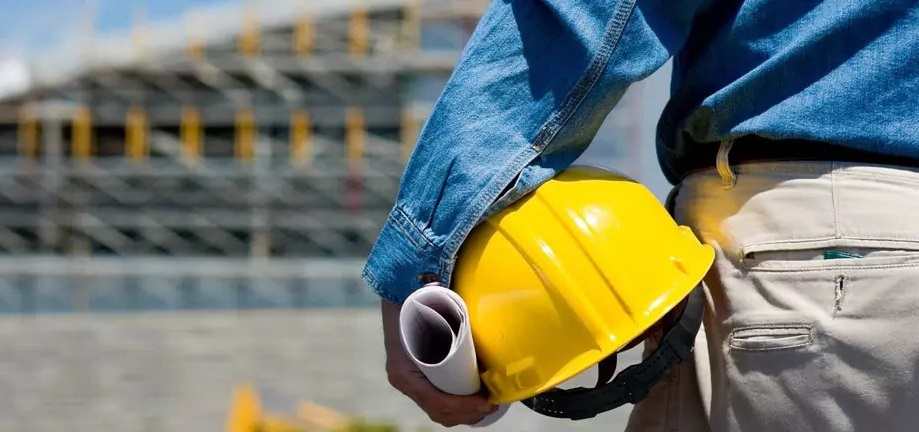Signs of Roof Leakage during Building Inspection
The roof is one of the largest parts of the house but it is usually given the least attention. Most of the time while offering building inspection, we focus too much on the interior design, furniture and garden landscapes. Roofs are important as they provide protection not just to the house and the valuables it protects, but also to those living under it.
A minor and seemingly harmless roof leak could lead to more serious problems when the roof ultimately collapses –injuries, fire due to water reaching electric cables, weakening of woods because of constant contact with water, and damages to the house itself and nearby properties such as the garden and garage. Roof leaks may also lead to moisture build-up causing damage to drywall and wood materials.
Roof leaks are caused by a number of reasons and not of them are that obvious:
- Strong, high winds may cause weakening of the roof because of the stress it creates on parts of the roof
- Winds may also carry debris that may hit the roof or other parts such as shingles and guttering
- Constant rainfall, just like strong winds, may cause stress points
- Damage from previous storms –clogged guttering, rotting woods, cracked shingles, and missing tiles may cause the water to seep inside and cause further weakening
- Corroded metal –yes, people with metal roofs are not safe from leaks
- Condensation issues
- The usual wear and tear –roofs are expected to last only for 20 to 30 years
Signs Of Roof Leaks May Include:
- Obvious wet patches in the ceiling that is caused by water seeping in the roofing system
- Pooling in the attic that may indicate that you may have been experiencing water leaks for a long time now
- A sagging ceiling is a tell-tale sign that is has absorbed water and is starting to weaken
- Dripping, droplets, or dampness of the interior and exterior walls
Once you have confirmed or even suspect that your roof has a leak, it’s important to take immediate action to address the damage. Your first step should be to consult a specialist who can provide further assessment and give advice on interventions that could prevent further damage.
Remember that no damage is small enough to be ignored. A simple leak can lead to a host of damages that are more expensive to fix. Hence, make it a habit to regularly assess your roofing system, especially after experiencing particularly rough weather in your area. Call us for an exceptional building inspection service in Melbourne.

